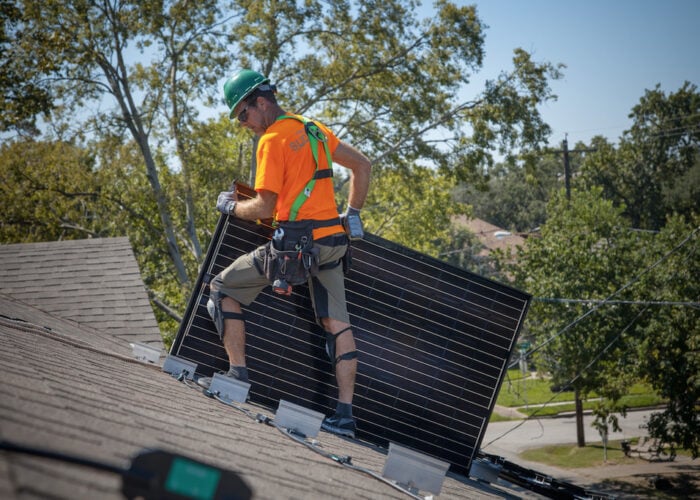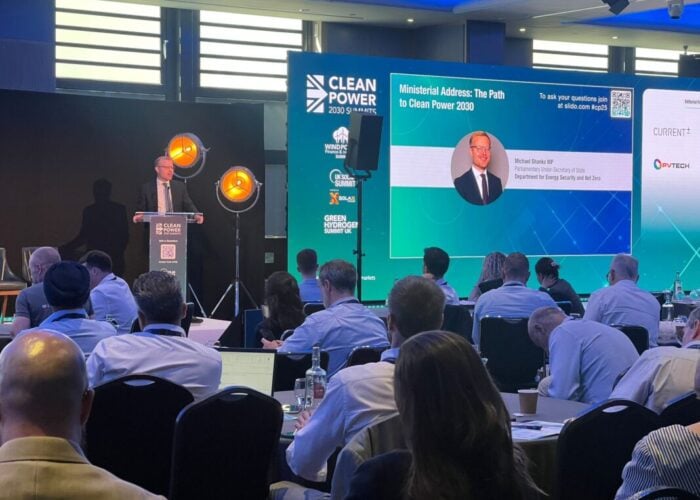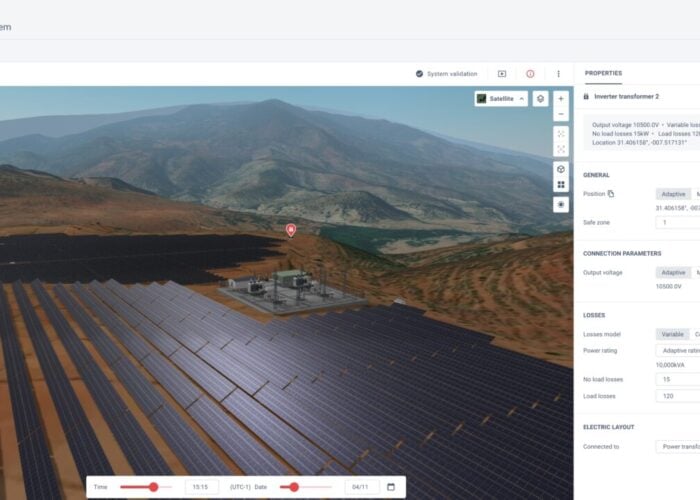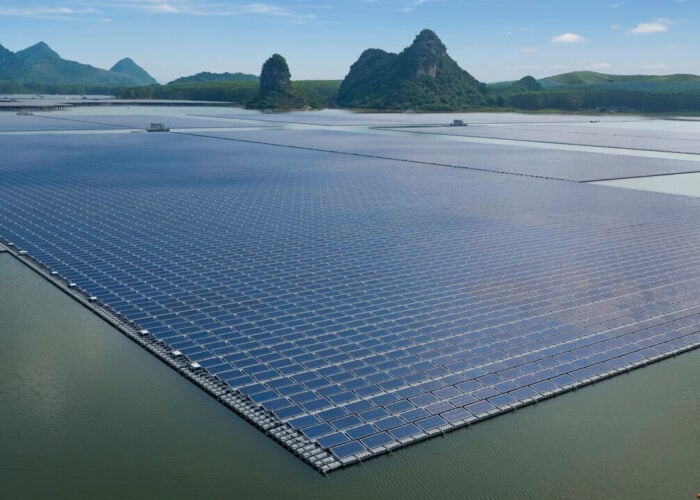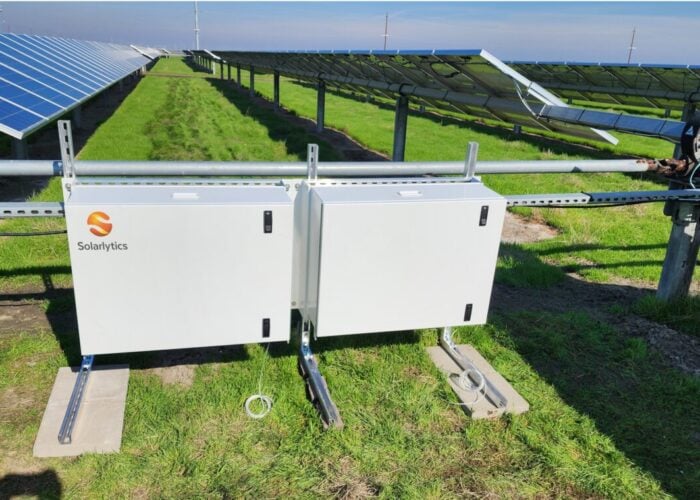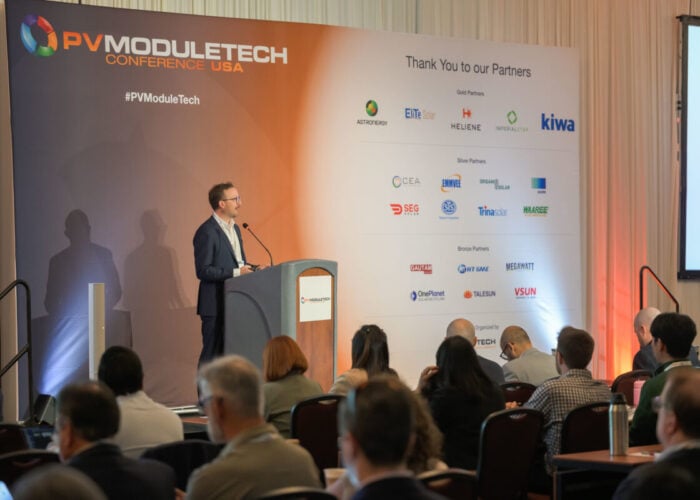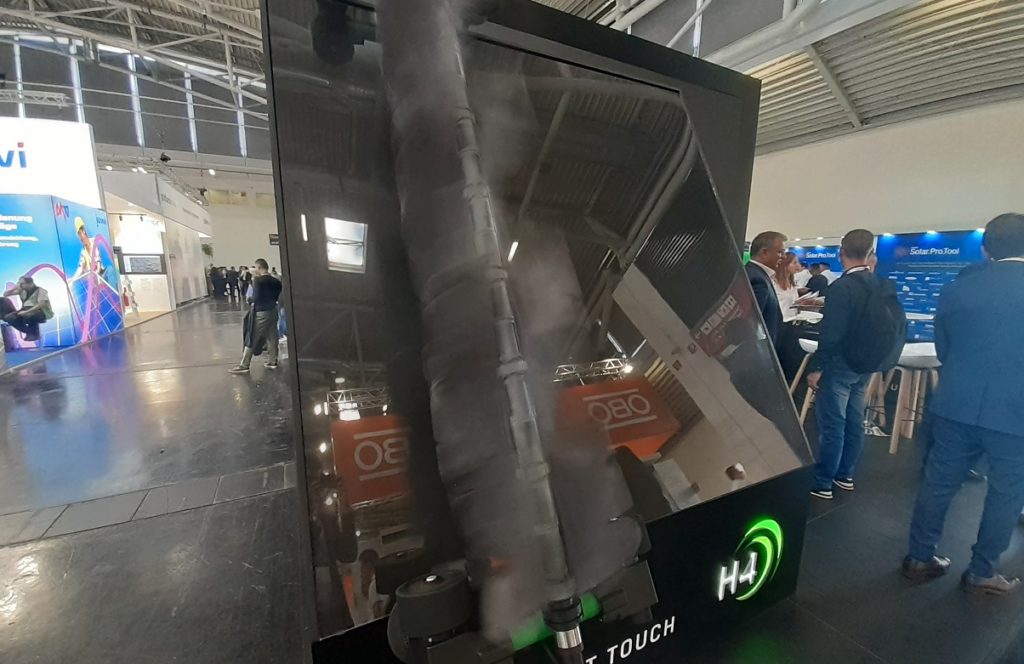
Solar O&M solutions provider Ecoppia is navigating ongoing component shortages while expanding its operations into new geographies and ramping up production of its latest PV panel cleaning robot.
Publishing its annual report at the end of March, Ecoppia said there were shortages in raw materials and electronic components, such as chips, required to manufacture and assemble its robots.
Unlock unlimited access for 12 whole months of distinctive global analysis
Photovoltaics International is now included.
- Regular insight and analysis of the industry’s biggest developments
- In-depth interviews with the industry’s leading figures
- Unlimited digital access to the PV Tech Power journal catalogue
- Unlimited digital access to the Photovoltaics International journal catalogue
- Access to more than 1,000 technical papers
- Discounts on Solar Media’s portfolio of events, in-person and virtual
This shortage “poses a risk to the continued production” of the company’s products and its ability to meet the demands of orders expected for 2022 and 2023, it said at the time.
As part of efforts to reduce delays or postponements in the supply of its robotic systems to customers, the company last year began a strategy of buying excess inventories of components that have low availability and increased supply times.
“The issue is that many of the electronic components became very expensive on the spot basis,” Ecoppia CEO Jean Scemama told PV Tech. “To have a reasonable price you need to order 12 months in advance.”
Despite the supply chain challenges, Ecoppia’s revenues increased 95% year-on-year in 2021 to US$5.9 million and its order backlog was US$48.8 million as of March 2022.
Although most of Ecoppia’s operations are carried out in India and its home market of Israel – the two countries accounted for 98% of the company’s revenues in 2021 – it entered five new markets last year: the US, Chile, Mexico and two countries in the Persian Gulf.
“We are seeing more and more demand from other regions,” said Scemama, adding that the firm is looking to bolster its position in Latin America and the Gulf.
While the company previously worked to convince customers that they needed a solar cleaning solution, Scemama said that “this education phase is somewhat behind us. In some of the regions or countries, IPPs are not designing a site without taking into account robotic cleaning solutions”.
Ecoppia last year began the development of its new H4 robotic system, which is designed for both fixed-tilt and single-axis tracker solar projects, in particular for installations that have long, continuous lines of panels. The system channels dust and dirt particles downwards by moving horizontally while cleaning vertically.
As well as having a higher cleaning speed, production costs of the H4 are lower compared with the company’s existing products, meaning the prices of the new system and its installation costs are expected to be lower for customers.
On track to begin mass production of the H4 system in Q3 2022, Ecoppia earlier this year secured a deal to provide its full suite of cleaning robots – the E4, T4 and H4 – to be deployed at a 400MW project in India from Azure Power that features both a fixed-tilt layout and single-axis trackers.

